Don’t Replace Respray Your Cabinets
No.1 Kitchen Makeovers in Scotland – Family owned business with 20 years of experience

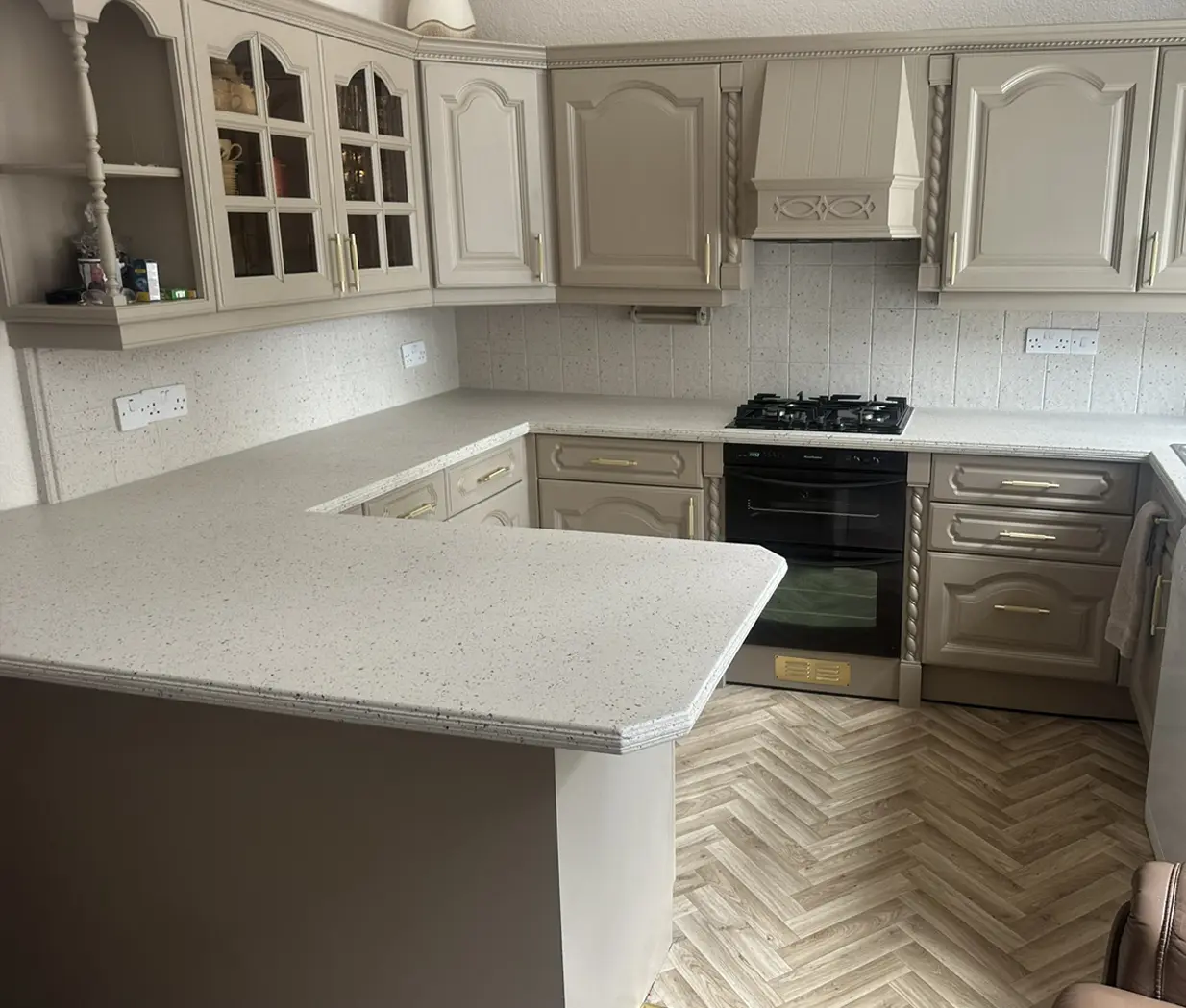
Discover Our Signature Services
Services
Explore our bespoke kitchen transformation services, designed to refresh your space with distinctive style, ensuring every detail reflects your unique taste.

Painting Kitchen Cabinets

Painting Kitchen Cabinets

Worktop Spray Painting

Worktop Spray Painting

Kitchen Worktops Installation

Kitchen Worktops Installation

Kitchen Fitters

Kitchen Fitters
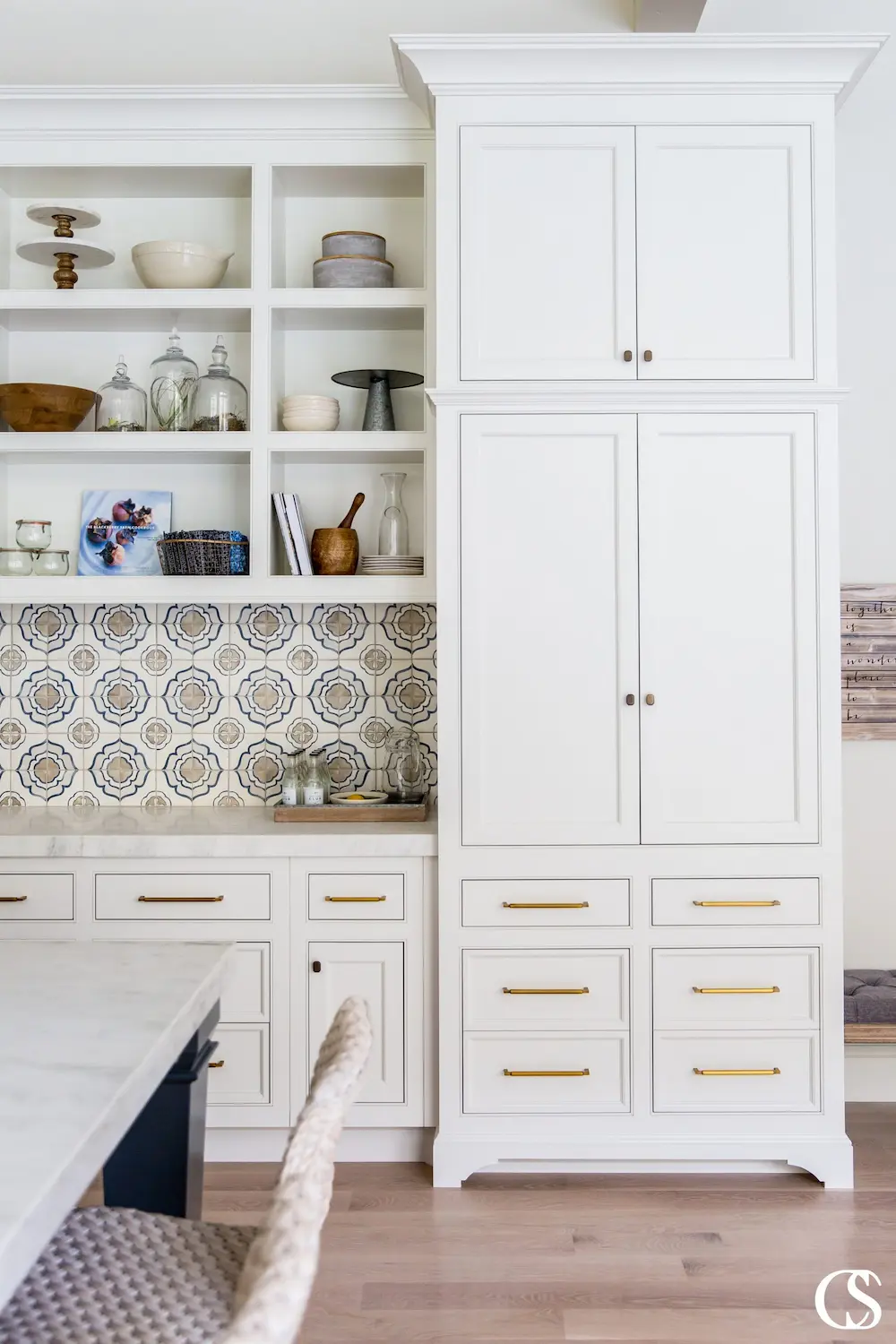
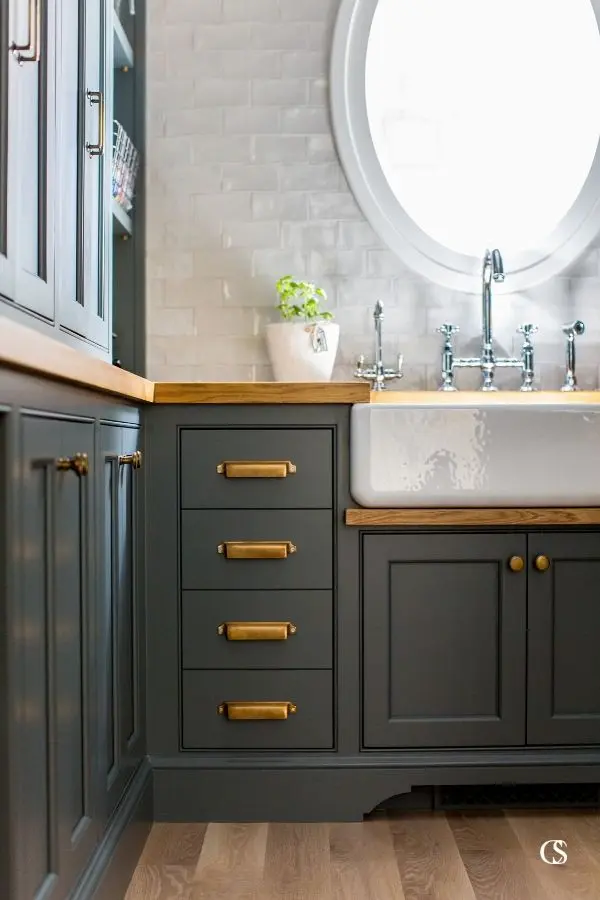
ABOUT US
Kitchen Makeover by Jack & Daniel
Jack started as a construction worker after arriving in Scotland in early 2000. His manager quickly recognized his natural talent and helped him qualify as a painter and decorator. It was only a short time before Jack became an expert in his trade and set up his own multi-trade company. Later, a tiny business evolved into a group of construction companies encompassing all building and renovation services, from building extensions and shop fittings to converting lofts. Eventually, Jack joined forces with his brothers and his nephew Daniel to form a multi-generation family company: J&D Kitchen Makeovers.
Now, J&D serves Scotland as one of the leading kitchen transformation companies.
Get Inspired: Access Your Guide Instantly!
Download our guide for stylish and affordable kitchen Remodeling ideas!
HOW WE WORK
A Seamless 4-Step Process to Your Dream Kitchen
It’s easy and takes only a few minutes.
Fill out the online form.
Wait until we process your request.
After you accept our quote.
WHY CHOOSE US?
J&D Kitchen Makeovers
24h response
Same day responses via Email and WhatsApp!
Clear and Upfront pricing
We provide a quote within a day from your call!
Trusted for over 20 years
Large, fully equipped workshop and team of experts!
Fully Insured
You don’t take any risk in case of unforeseen events!
Service Locations
Areas we cover
J&D is the ONLY ONE kitchen makeover company that covers the whole of Scotland. We want to make our unique kitchen spray painting services available nationwide.
Our Trusted Affiliations
Explore Our Network of Trusted Industry Connections
J&D Kitchen Makeovers is your leading local service for all your kitchen needs. If you’re seeking a reliable and experienced team, look no further. Our professional and friendly staff are not only highly qualified and experienced, but also affiliated with prestigious federations and have completed numerous industry courses successfully.






OUR PROJECTS
Discover Our Kitchen Makeovers
Check some of our completed projects to get inspiration for you.
OUR CLIENTS
Here's what our satisfied clients are saying
EXCELLENTTrustindex verifies that the original source of the review is Google. A good experience, the guys were friendly and did well. Everything in Kitchen taped up against primers/paint spray only going where it should. All removable parts such as cabinet doors taken to factory for smooth application of primers and paints. Damaged parts of doors filled and smoothed as well as new handles fitted, ready to be positioned again. Colour of paint was our choice, and we're delighted with the result. Only the walls and ceiling now to be painted.Trustindex verifies that the original source of the review is Google. Jack had arranged to visit my property on Tuesday morning. Unfortunately he never turned up and did not communicate. First principle - don’t hire somebody who doesn’t show up on day 1.Trustindex verifies that the original source of the review is Google. Patrick & Chris did a great job and Daniel (the boss) kept me fully up-to-date with timelines and progress via e-mail. Very professional job and they can colour match your kitchen to anything available on the market. The most successful outcome is that to complete the transformation I wanted to change the style and size of door handles. The old screw fittings were filled in and new ones created. They look amazing. On the day of removing the cabinet doors and spraying the end panels and any of the on-show casings, the preparation work is amazing. The guys probably spent 80% of the day covering up surfaces that weren’t to be sprayed (walls/worktop/splashback). The spraying itself is a fairly quick job. I would certainly recommend J&D Sprayers. I spent months deciding whether to get my kitchen units sprayed or wrapped. I am certain that I’ve made the right decision.Trustindex verifies that the original source of the review is Google. Did a great job re-painting a discoloured kitchen cabinet door on the colour matching and finish. And all at a very reasonable priceTrustindex verifies that the original source of the review is Google. Cannot recommend Daniel and the team at J&D Kitchen Makeovers highly enough. From start to finish they were timely and professional. Their attention to detail and customer service were exemplary. Incredible value for money too! It feels like we have a brand new kitchen, and we love it! Wish J&D nothing but continued success for the future.Trustindex verifies that the original source of the review is Google. Excellent job very professional approach high quality finishes transformed our kitchen units Excellent value for money all work completed on time and on budget I would recommend without hesitationTrustindex verifies that the original source of the review is Google. I found this company excellent to deal with . They were all so polite and professional and they answered all my questions promptly. They are very clean workers and when units were in the workshop being sprayed they sent photos of the progress . I would definitely recommend them.Trustindex verifies that the original source of the review is Google. Painted both kitchen cabinets and worktop. Nothing but professionalism from both J&D and team. Love the finish of the cabinets and has really updated our kitchen without costing an arm and leg to do. Team are polite and tidy and would certainly use them again. Did an amazing job. (Went from the cream to the dark blue)Trustindex verifies that the original source of the review is Google. Jack and Daniel repainted our kitchen and utility room cupboards and made a few small repairs. I am delighted with the results and happy to recommend them based on price, paint choice, attention to detail, professionalism and finish.Trustindex verifies that the original source of the review is Google. J&D Kitchen Makeovers installed my kitchen wall cabinets, 2 of which are in the photo. The guys were efficient and did more than I had asked - they mounted all the fittings. The price was more than reasonable, so they got a well-merited bonus.
LATEST BLOGS
Check our blogs to discover new kitchen ideas
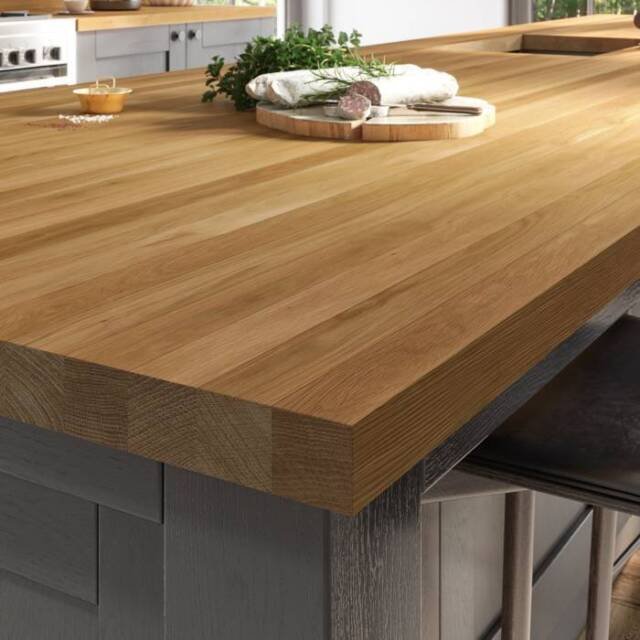
Worktops: Laminate vs. Solid Wood – The Pros and Cons in Both
When remodelling or designing a new kitchen, choosing the right worktops is one of the
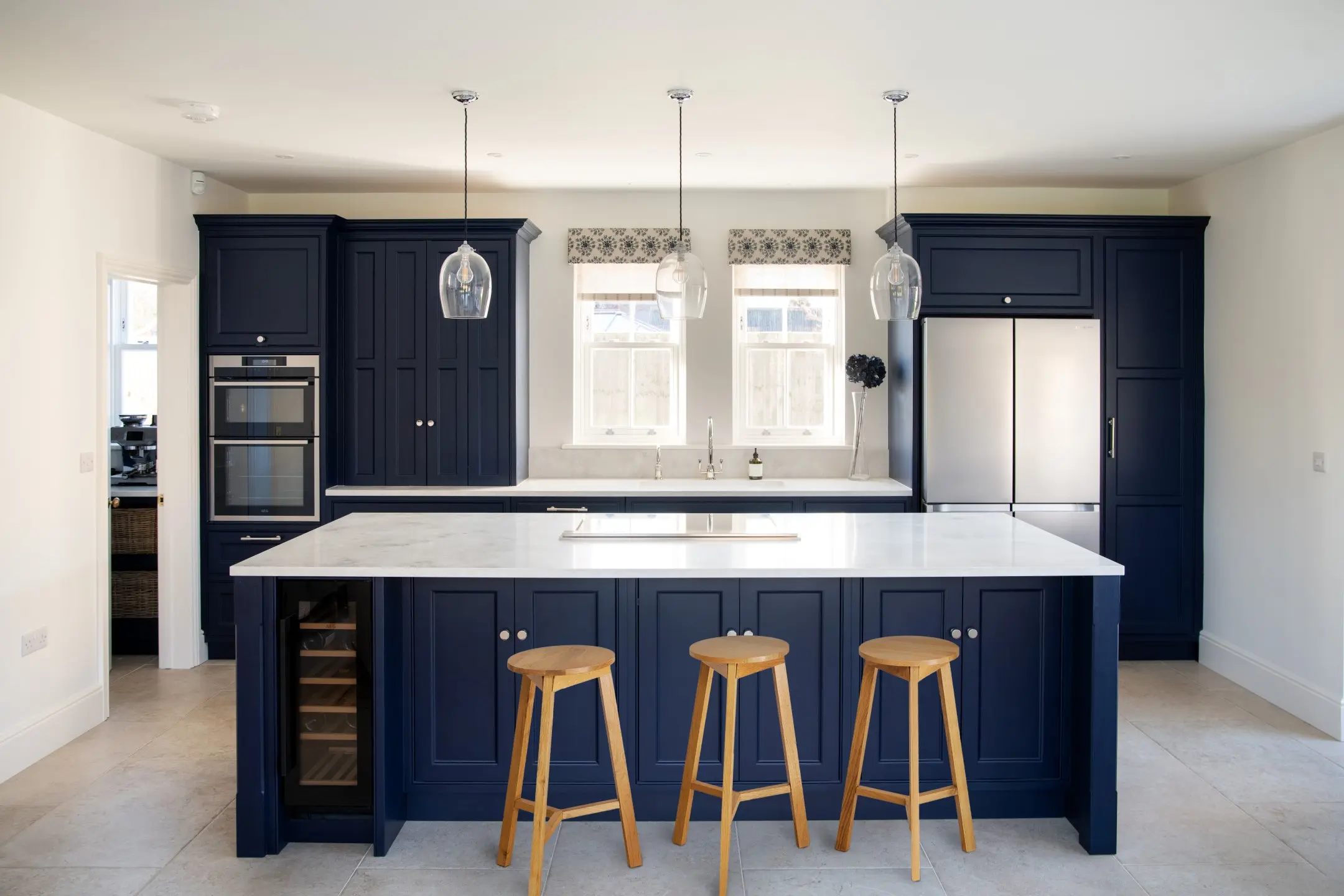
How much does it cost to spray paint kitchen cabinets in Scotland?
It is often thought that if you want to give your kitchen a new look,
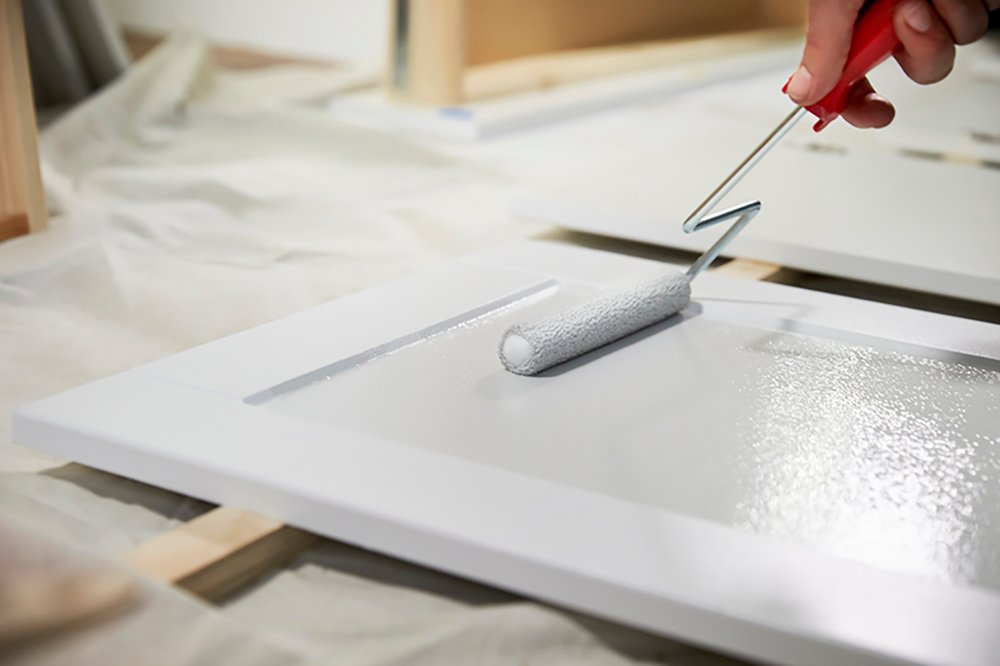
Is spray painting better than roller?
There are several reasons why many people consider spray painting to be far better than

Kitchen Design & Ideas to Transform Your Space
A kitchen, of any house, is simply its heart since it is one that nourishes

